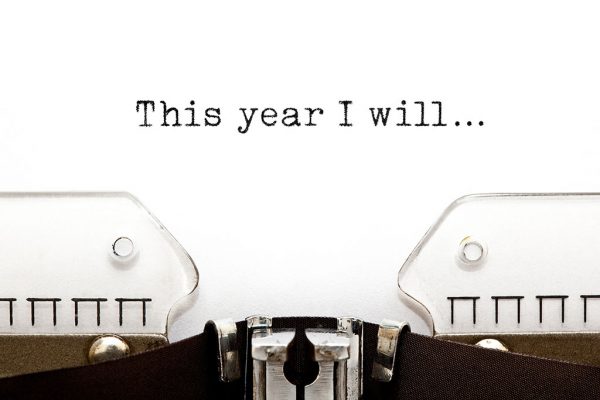If you’re looking to rewild your backyard, create a habitat garden, or just plant a little more intentionally, these books are a great place to start.
There’s never been a better time to rethink how we garden. Native and wildlife gardening is having a moment, and for good reason. As habitat loss accelerates and biodiversity declines, our backyards can make all the difference for wildlife.
This list brings together some of the most useful and inspiring books on native gardening, pollinators, and wildlife habitat creation. Some are hands-on guides, filled with plant lists and step-by-step advice. Others explore the connections between people, place, and climate, and the wild lives that depend on both.
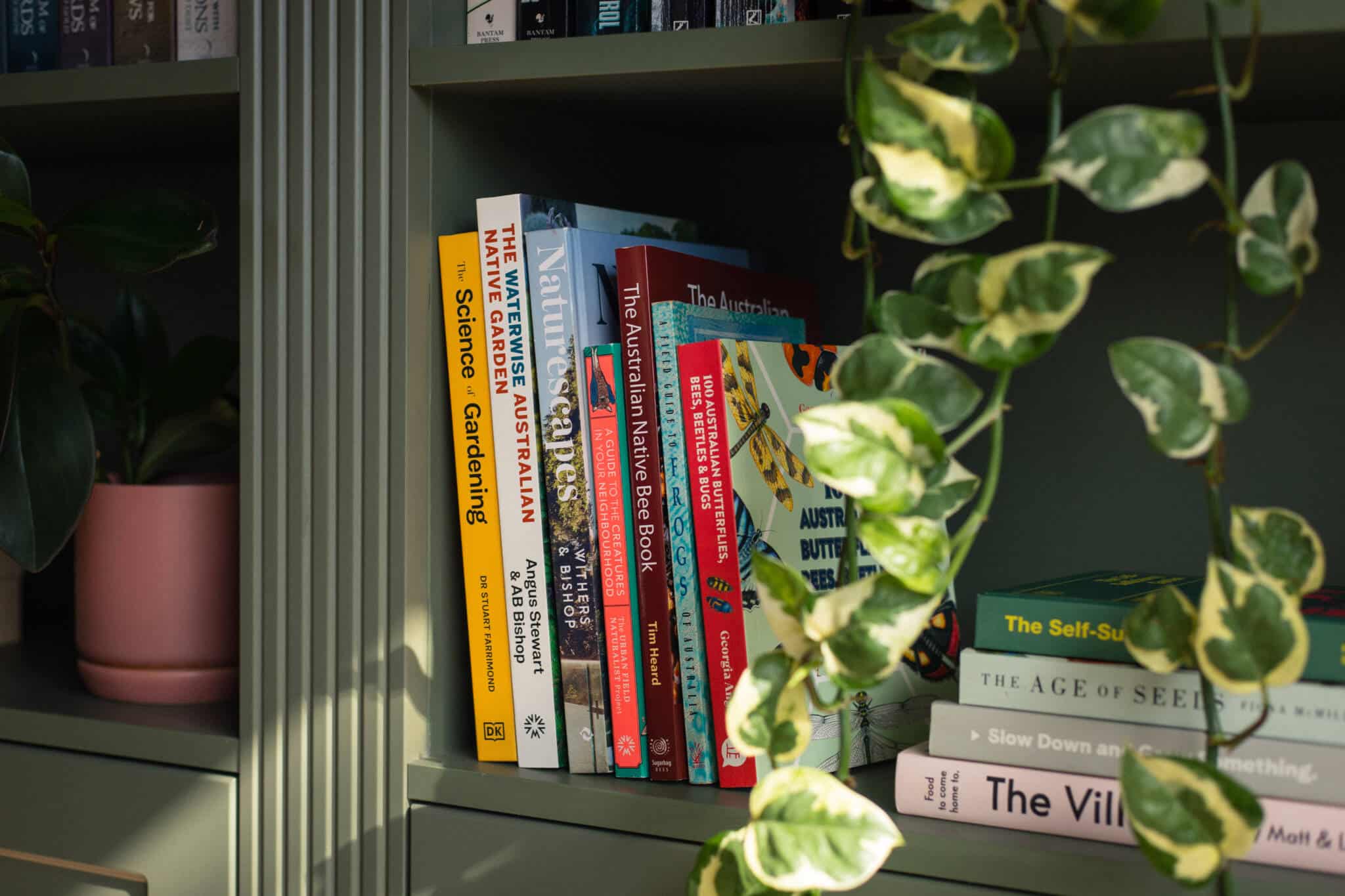
These are the books that have helped in my own garden. Because if you’re like me, a landscape designer isn’t in your budget because that money has (very sensibly) been redirected toward even more plants.
So here’s a curated list of wildlife gardening books to help you grow a native and more resilient backyard. No design degree or botany background required.

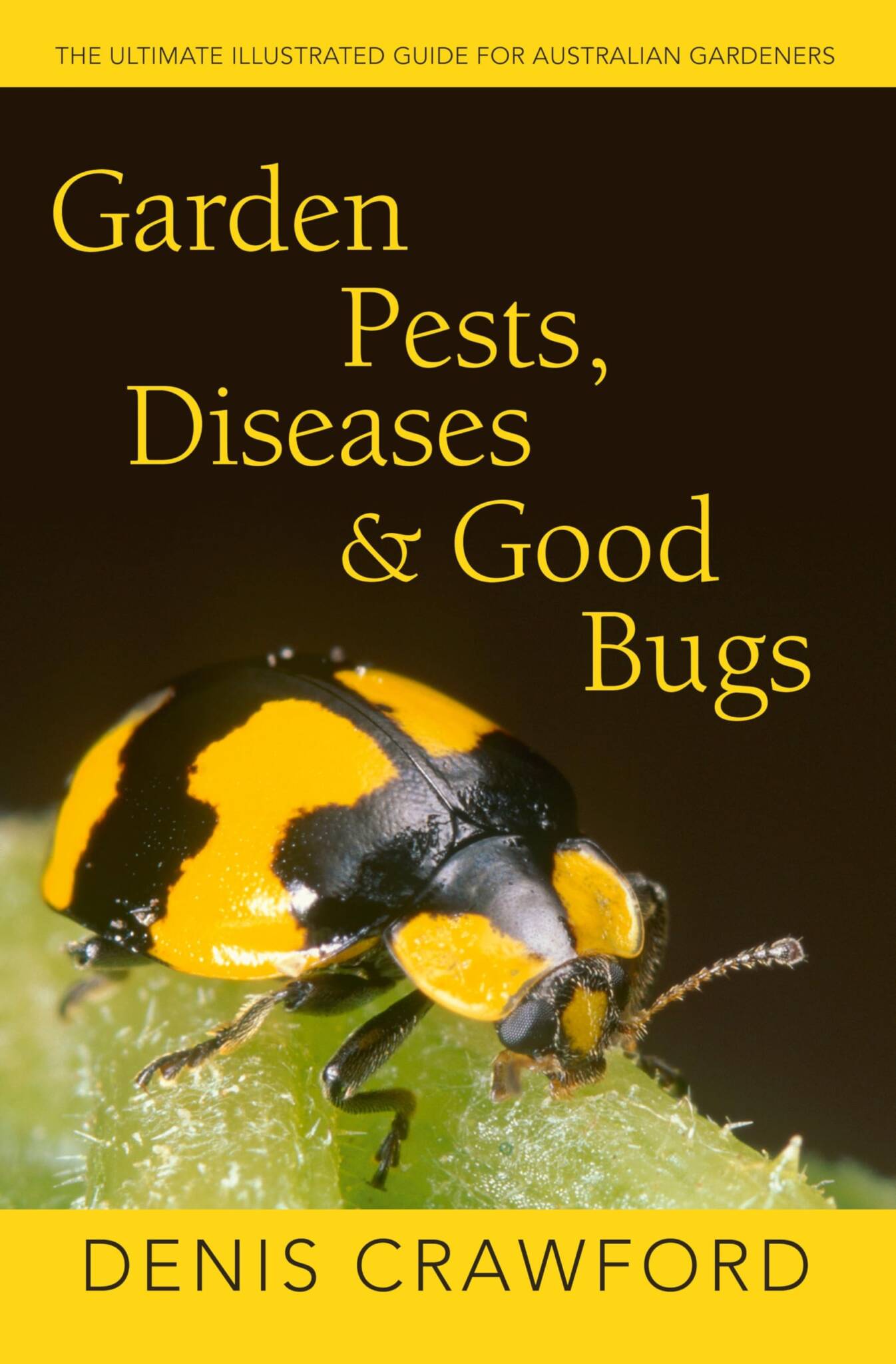
The Australian Native Bee Book by Tim Heard
If you want to turn your garden into a bee paradise, this is the book.
Did you know we have over 2000 species of native bees in Australia? Most people don’t. I didn’t until I started gardening. And a lot of it is because they’re declining in the suburbs, and we just don’t come across them. Whether you want to start keeping stingless bees or just make your space more inviting for them, start here.
Tim Heard covers everything – how to attract native bees, how to build little bee hotels, and why these tiny pollinators are so crucial to our gardens. Filled with all the practical tips. I’ve bookmarked a native bee hotel project for my next free weekend. Read it cover to cover, and share it with your gardening friends.
Habitat: A Practical Guide to Creating a Wildlife-Friendly Australian Garden by AB Bishop
This is the book that will make you see your garden differently.
Laying out exactly how to create a garden to attract and support birds, bees, frogs, lizards, and all the small visitors who rely on our backyards more than we probably realise. Bishop walks you through how to design for shelter, food, water, and nesting spaces so your garden becomes a proper little ecosystem.
It’s practical, encouraging, and full of real-life examples that make you want to head outside immediately and start tweaking things.
Garden Pests and Diseases and Good Bugs by Dennis Crawford
You know when you spot a mystery bug in your garden and immediately go down a three-hour Google rabbit hole? This book saves you the trouble.
Pests exist, yes, but so do the good guys, and the trick is to encourage a garden where everything finds its balance. Dennis’s approach is also refreshingly balanced: not all bugs are bad, and even the ones that are can often be managed in ways that don’t involve drenching everything in chemicals.
For all the amateur veggie gardeners (and native gardeners), I highly recommend this solid, no-nonsense guide to keep your garden thriving without losing your mind in the process.
The Waterwise Australian Native Garden by Angus Stewart & AB Bishop
If you live somewhere where summer turns your backyard into a frying pan (all of Australia for at least Dec-Feb), this book is essential reading.
It’s full of practical tips, smart plant choices to suit different climate zones, and brimming with beautiful native garden design inspo. If you are worried about losing your plants to heatwaves (been there), this will help you plan exactly how to create a stunning, low-maintenance garden that works with the landscape rather than fighting against it.
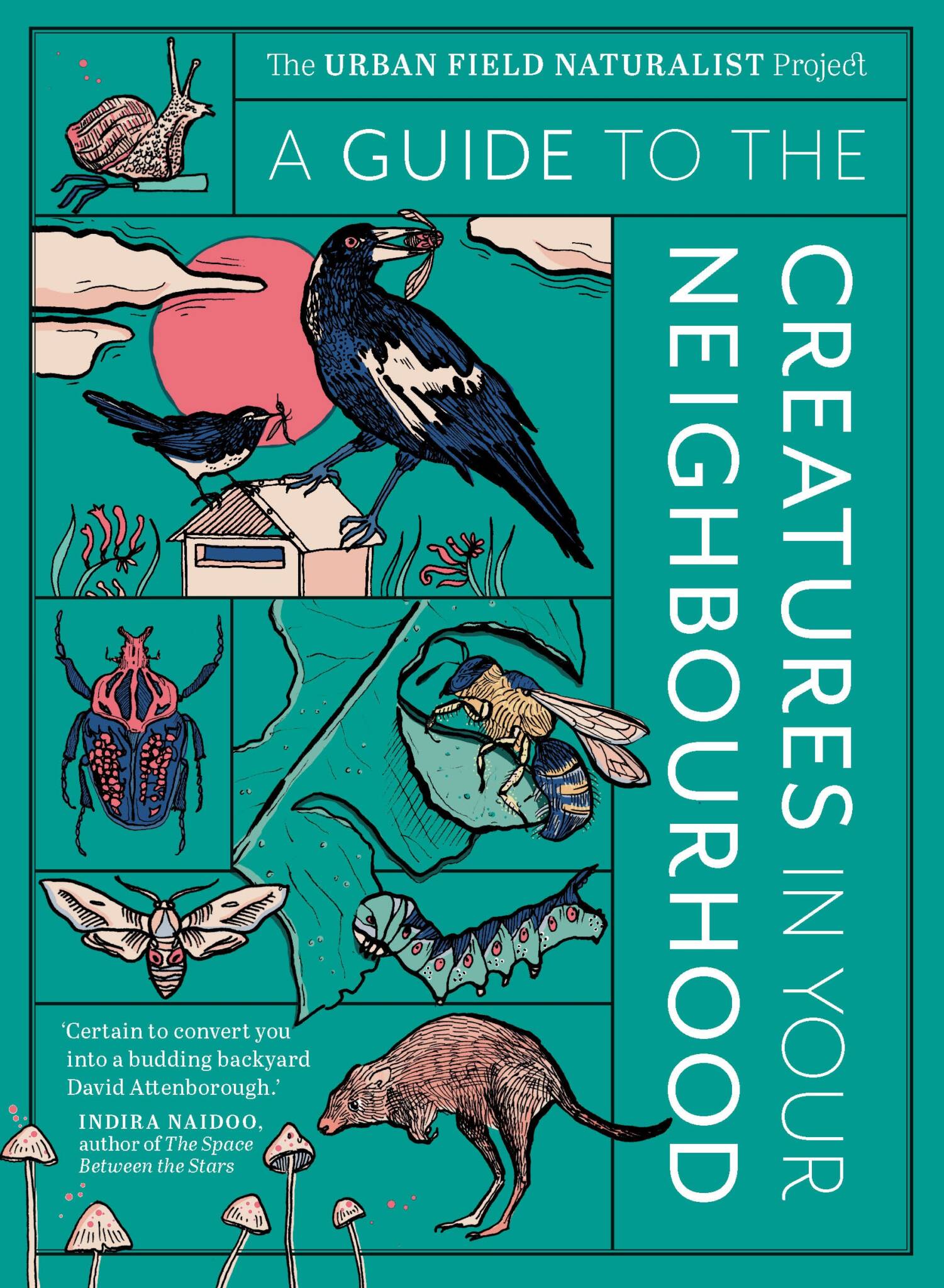
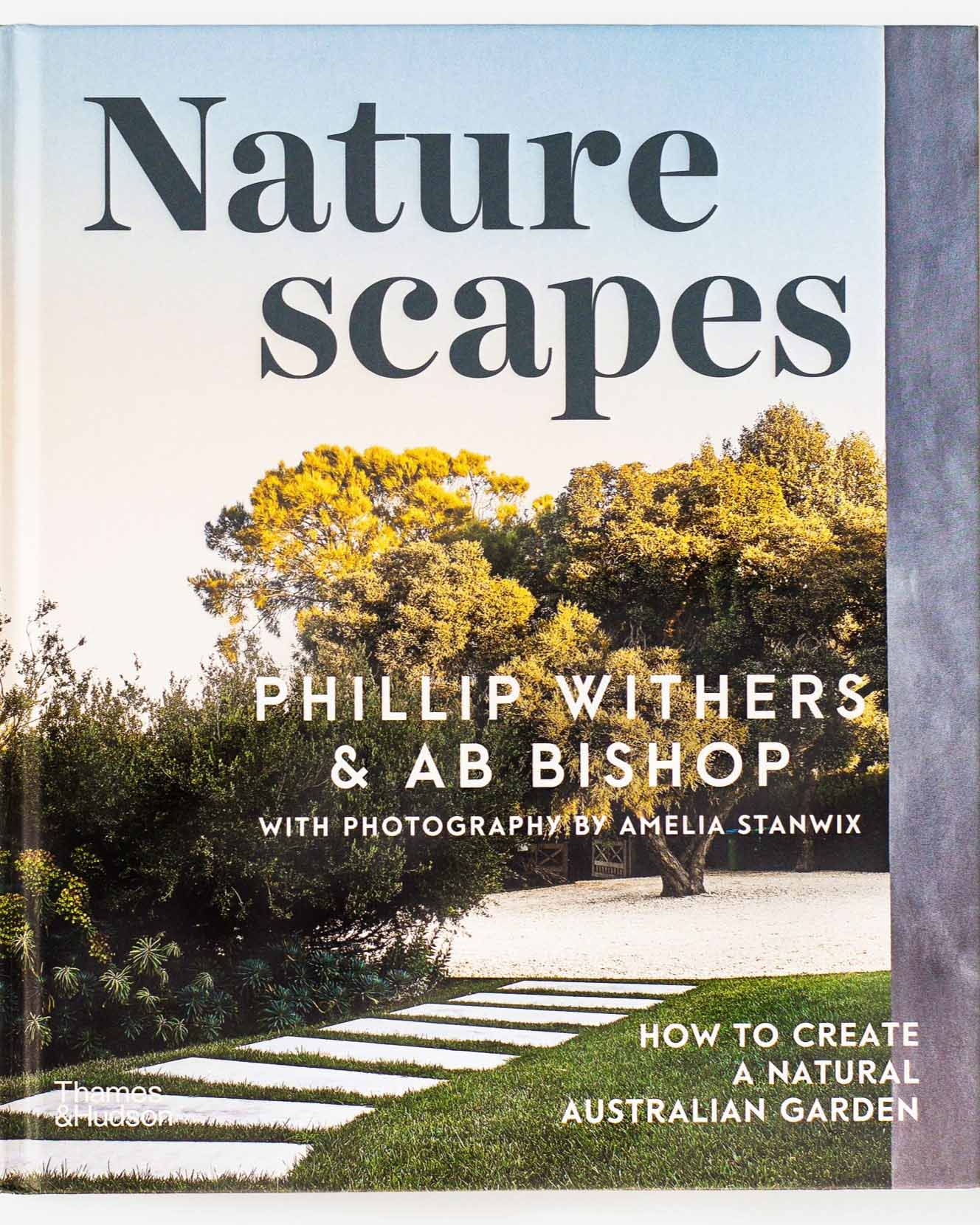
A Guide to the Creatures in Your Neighbourhood by Zoë Sadokierski, Andrew Burrell, Dieter Hochuli, John Martin, Thom van Dooren
This book is pure joy. Bright, beautifully illustrated, and filled with fun facts about all the little creatures that call our gardens home.
Perfect for kids, but honestly, just as delightful for adults who get excited when they spot a native bee in the veggie patch or a dragon on the compost pile (yes, it’s me). It’s a reminder that our gardens aren’t just about the plants, they’re entire little ecosystems and a whole world of biodiversity right in your backyard.
Kew, The Science of Plants
This one is for the plant nerds (so, all of us). It’s pure, unfiltered plant geekery in the best possible way.
It’s packed with fascinating insights into how plants grow, adapt, and interact with the world around them. The visuals are stunning (as you’d expect from Kew Gardens), and the writing will keep you hooked – it’s accessible, engaging, and not too science-y. I promise you will look at your garden with fresh eyes after you’re done reading. While not the main point, it also makes for a beautiful coffee table book.
Naturescapes: How to Create a Natural Australian Garden by Phillip Withers & AB Bishop
Naturescapes is my go-to when I need a burst of creative inspiration. Another one that emphasises working with nature, not against it.
Alongside the inspiration, it’s full of practical ideas that will help you see your backyard in a new light. There’s advice on selecting native plants that will thrive in your climate, attracting local wildlife, and creating a garden that works with the natural landscape. For those on property and bigger blocks, you’ll really like this book.
The Natural Gardener by Richard Unsworth
Making the case for embracing a wilder, more natural approach to gardening. Another reminder that working with nature, rather than against it, is the first step in rewilding and habitat gardening.
I loved the peek into the private gardens in this book, including Richard’s own one-acre bushland retreat on an island in Sydney. If you’re not a fan of the classic backyards that look a little too manicured, this is the book to help you create a native garden that lets things spill over, seed themselves, and settle into something a little more natural and, frankly, a lot more beautiful.
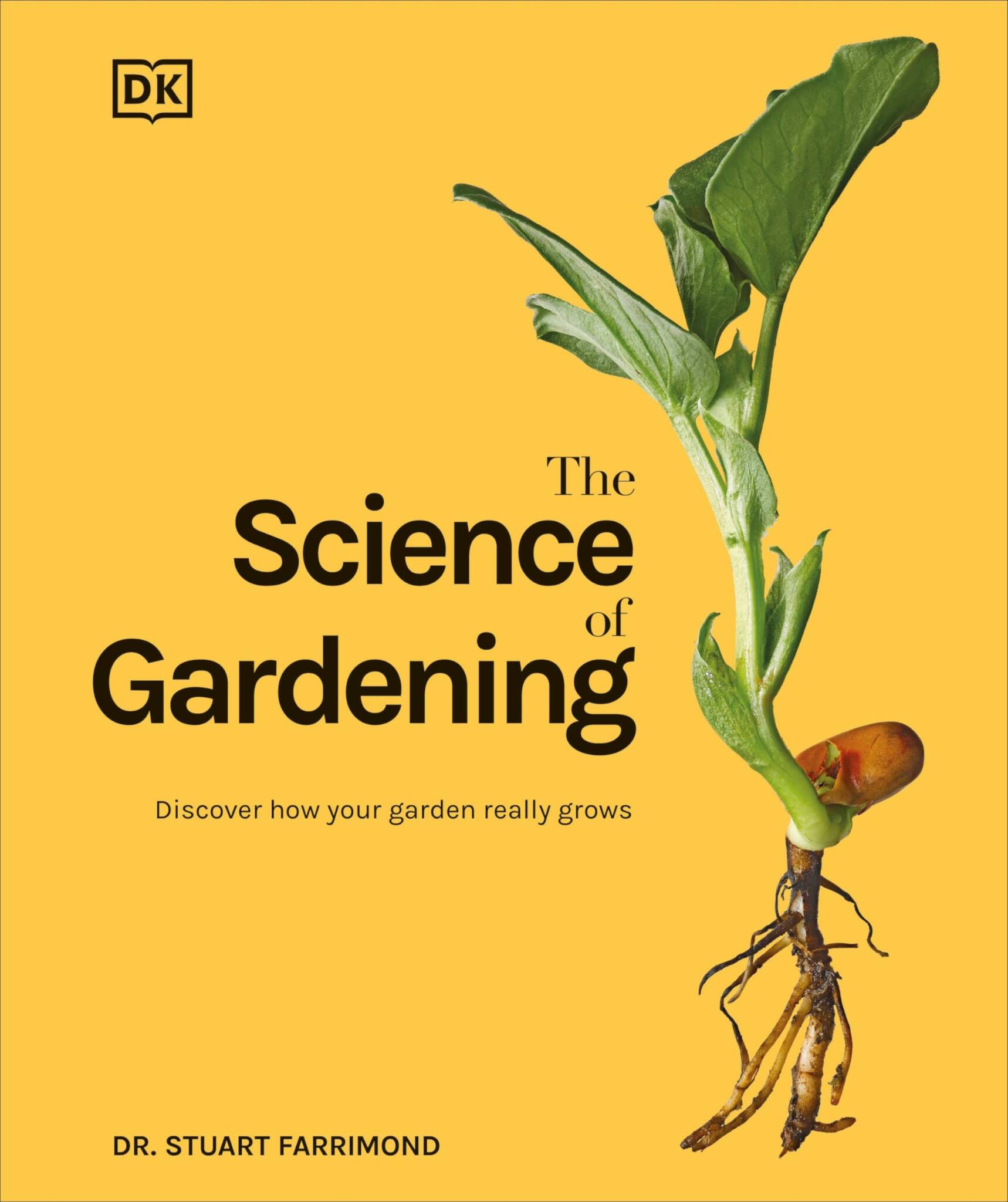
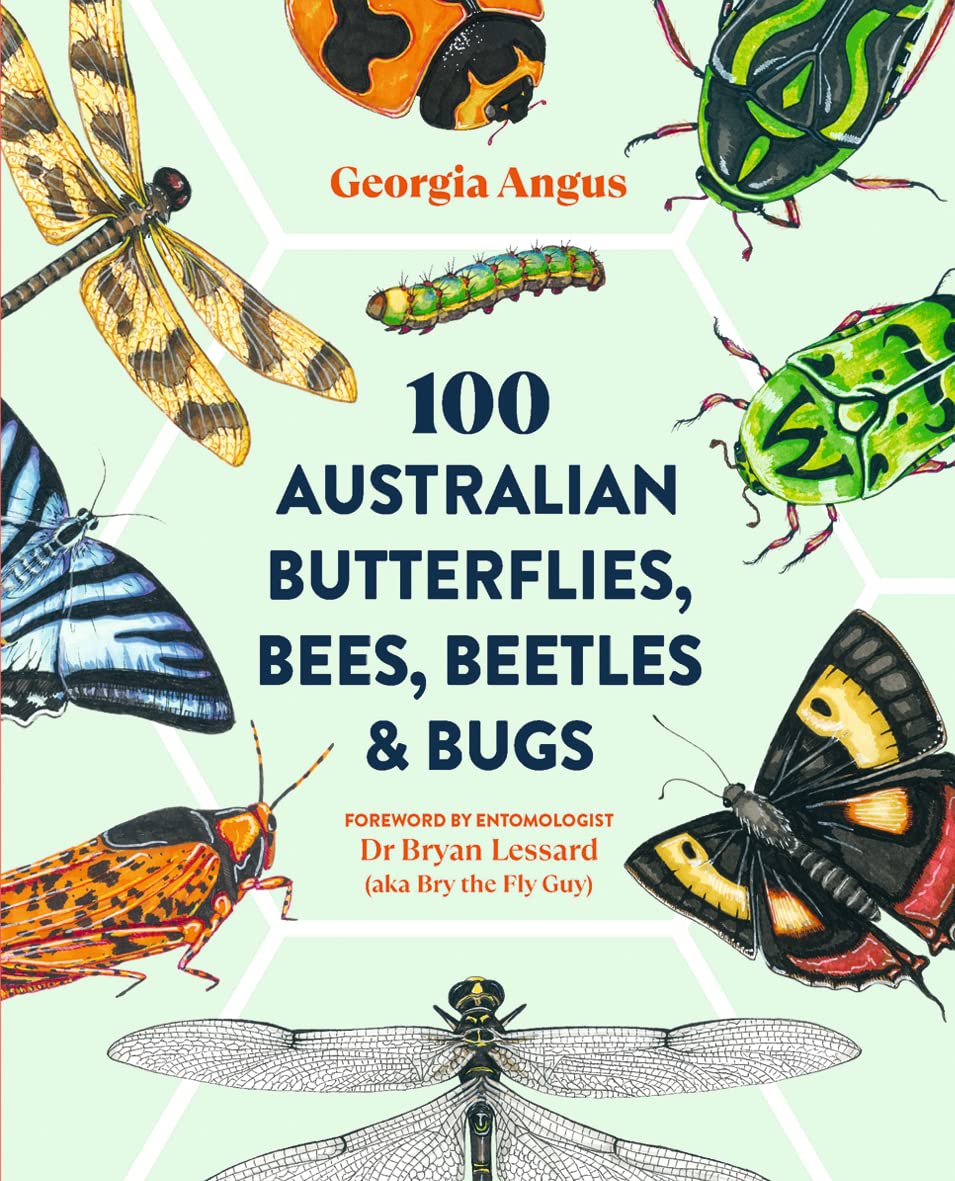
The Science of Gardening by Dr. Stuart Farrimond
Have you ever had a plant fail for no apparent reason and felt personally betrayed? Same.
The Science of Gardening is a practical guide to what’s going on in your garden. It breaks down what’s actually happening in the soil, in the roots, and in the air above in a way that just makes sense. Why some plants thrive in certain conditions, how to improve your soil rather than just throwing stuff at it and hoping for the best (my approach), and what’s really going on when your plants throw a tantrum.
Field Guide to the Frogs of Australia by Michael J. Tyler & Frank Knight
If you’ve ever had a frog take up residence in your garden and wondered, who are you and what are your plans?, start here.
An excellent, practical guide that not only helps you identify Australia’s frogs but also shows you how to create frog-friendly spaces. It’s beautifully illustrated, full of fascinating little details, and will absolutely have you considering adding a frog pond to your garden. And honestly, why not? Also, more frogs = fewer mozzies.
100 Australian Butterflies, Bees, Beetles & Bugs by Georgia Angus
I love this book. Georgia makes insects feel as fascinating as they truly are, with gorgeous illustrations and just the right amount of information to make you feel like an expert without overwhelming you.
This will turn every garden trip and nature walk into an adventure, suddenly, you’re noticing things. The perfect garden companion to help you and your little ones foster a sense of wonder over our smallest backyard inhabitants.
Visionary by Claire Tacaks
This book will ruin you for boring gardens. Photographer Claire Takacs and landscape architect Giacomo Guzzon have put together a collection of some of the most breathtaking, boundary-pushing gardens from around the world.
Forward-thinking gardens that address sustainability and climate change. For the creative in all of us, it’s chock-full of ideas that will make you see your garden as a living art canvas.

